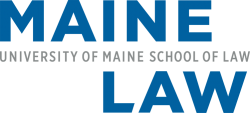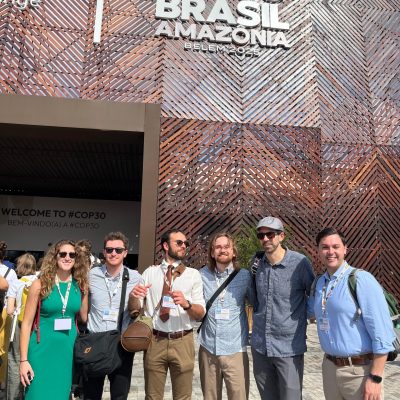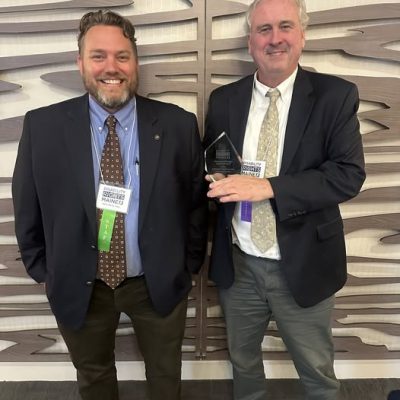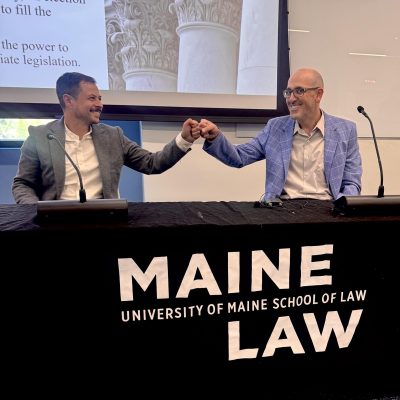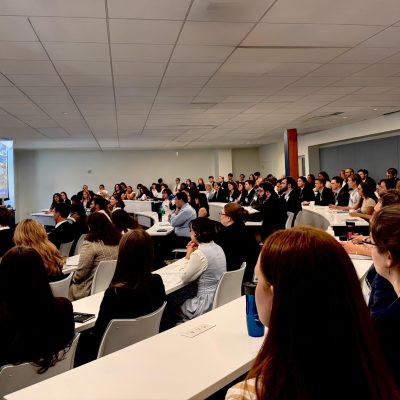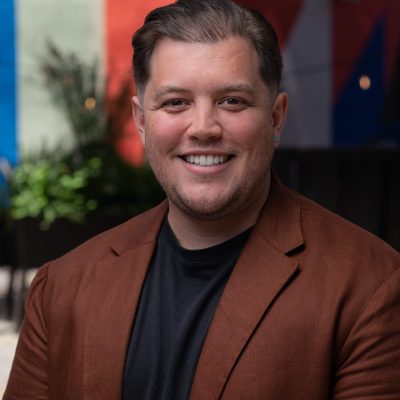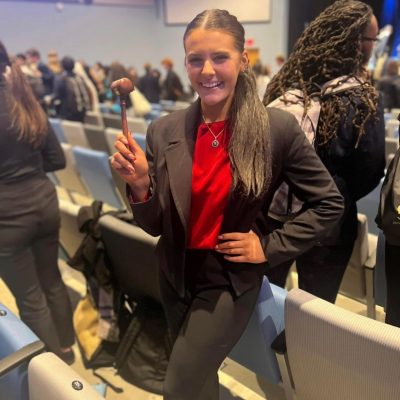More than a century ago, Passamaquoddy singers gathered around a wax cylinder recorder—an unfamiliar new machine brought onto their homeland by visitors from Harvard University. They sang war songs, dance songs, and family songs meant to travel only within their own community. Those fragile cylinders are now considered the first known audio recordings ever made on tribal land. But shortly after they were recorded, they disappeared into archival storage with little context. For decades, they resurfaced only as impoverished fragments, devoid of attributions, lineages, and cultural meaning.
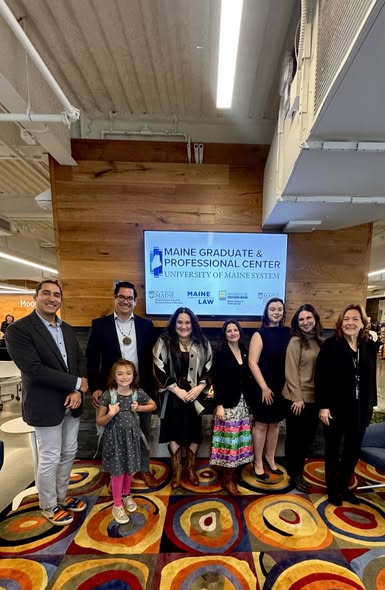
“It’s a profound example of what happens when Indigenous creativity is captured but not cared for,” said Professor Jane Anderson. “Within early data infrastructures, there was simply no space for Indigenous authority. My work has been about bringing those rights and responsibilities back. The Passamaquoddy have since developed their own space—an attempt to reassert ownership and bring their culture back into cultural memory.”
The story of those wax cylinders encapsulates the theme of this year’s Indian Law & History Lecture, held on November 14 at Maine Law. Titled “Protecting Indigenous Intellectual Property”, the event featured Professor Trevor Reed from the University of California, Irvine School of Law and Associate Professor of Anthropology Jane Anderson from New York University, two leading scholars whose work sits at the intersection of federal Indian law, copyright, Native American culture, and data governance.
Together, they guided the audience through centuries of legal and political decisions that continue to shape Indigenous communities’ ability to protect their knowledge, art, and creativity to this day.
By the time the Constitutional Convention convened, all thirteen colonies had their own copyright laws. The framers did not invent copyright protection; they simply wove an existing colonial priority into the nation’s founding document. But those early systems carried assumptions that excluded—and continue to exclude—Indigenous peoples.
“Structurally, the very idea of the ‘author’ has enforced racial hierarchies,” Anderson said. “The author becomes part of cultural memory. If you don’t get that status, that’s the problem we’re dealing with today.”
Reed drew parallels between the evolution of copyright law and the federal policies that stripped tribes of sovereignty, land, and legal standing.
“When we talk about federal Indian law and intellectual property, people assume they have nothing to do with each other,” he said. “But when you match up the timelines, you see they do.”
He pointed out that at the same time Congress was expanding copyright protections—adding music to the statute in the 19th century—tribes were being systematically blocked from accessing federal courts. After Cherokee Nation v. Georgia (1831), tribes were labeled “domestic dependent nations,” effectively barred from seeking justice without congressional approval.
“If tribes didn’t have access to courts, they had no recourse to protect their works,” Reed emphasized.
In 1870, Congress centralized copyright registration under the Library of Congress. Anyone who failed to deposit copies there—even unknowingly—lost protections. Meanwhile, Congress used similar strategies to seize Indigenous lands, outlaw ceremonies, and authorize the mass collection of Indigenous artifacts, songs, and cultural knowledge.
“All of this was happening at the same time,” Reed said. “Congress was authorizing the capture and appropriation of Indigenous cultures while Indigenous peoples had no legal pathways to defend their creativity.”
This dynamic only intensified in the early 20th century. Reed highlighted collectors such as Laura Boulton, whom he described as emblematic of “sonic racism at its best.”
“She recorded Indigenous music, often without permission, then sold copies—and the performers weren’t even named,” Reed said. “Indigenous music became ‘right for the taking.’”
Though the Indian Self-Determination Act of 1975 marked a turning point, the very next year Congress overhauled copyright law in ways that made it even harder for Indigenous communities to protect their knowledge. Works needed to be written or recorded. Deposits were again required. Oral traditions were left outside the law.
“Every tribe I’ve worked with has some structure of intellectual protection,” Reed said. “Maybe not written down, but it’s there. What we need now are federal protections that ensure those systems matter off tribal lands as well.”
Anderson highlighted her ongoing work with Wabanaki communities in Maine, discussing the recently opened Tekαkαpimək Contact Station as an example where tribes worked with non-native officials, architects, and developers on a project that honors, protects, and elevates the work of Indigenous communities. The result was a groundbreaking Memorandum of Understanding that embedded Indigenous permissions, attribution, and consultation throughout the project. The building now features protected works by Wabanaki artists—including Gabriel Frey’s canoe-paddle-inspired bronze door handles and reproduced birch-bark drawings from 1890, all safeguarded through negotiated cultural protocols.
“The name Tekakapimek—‘As far as one can see’—only came because the trust and protections were in place,” Anderson said. “It took work, but it shows what’s possible.”
